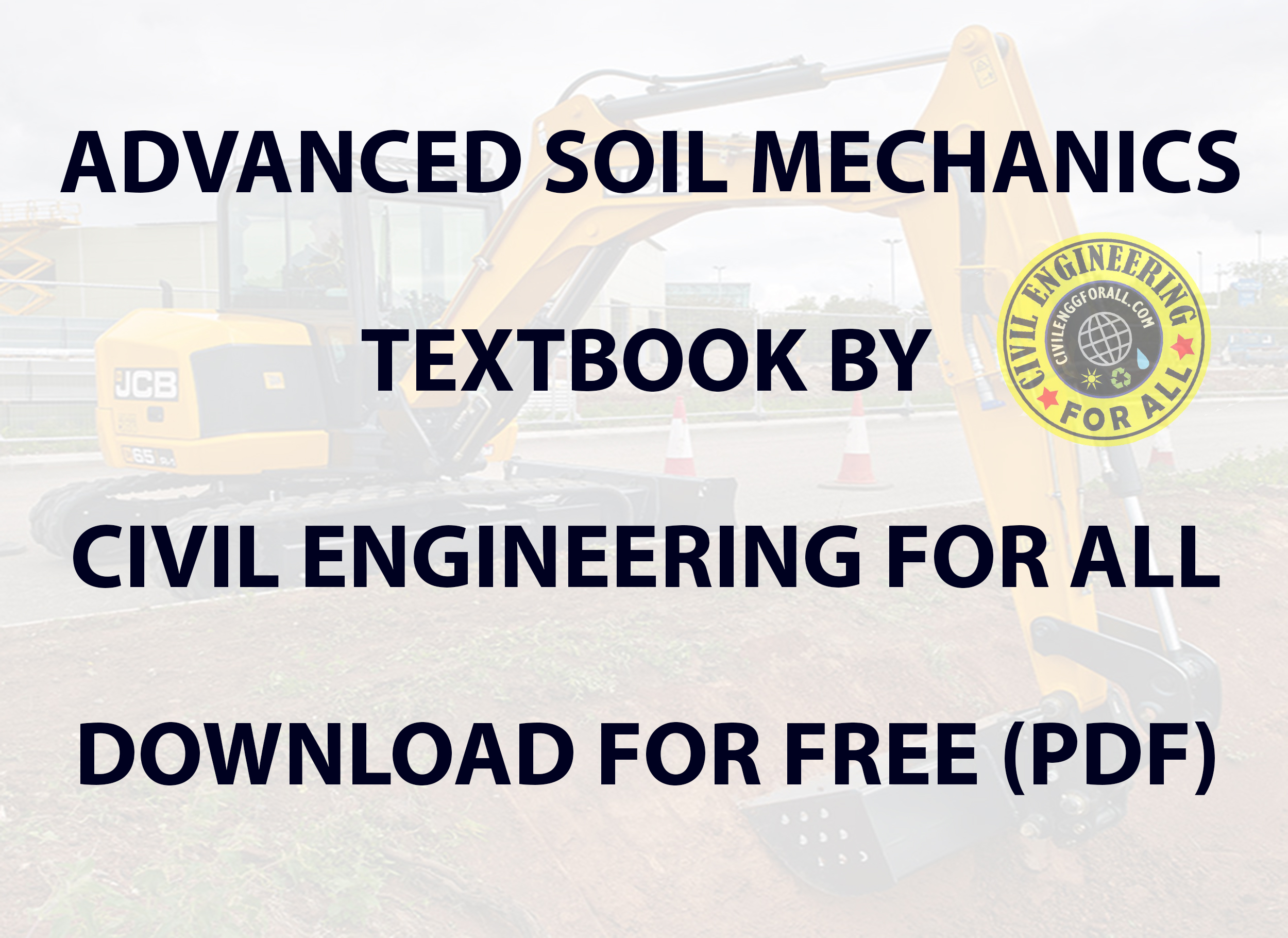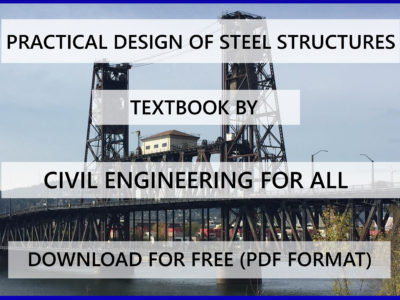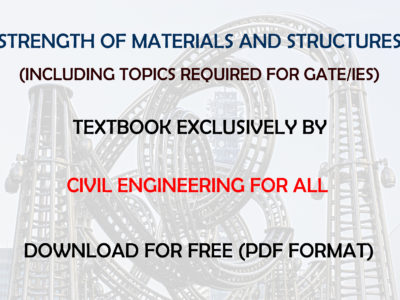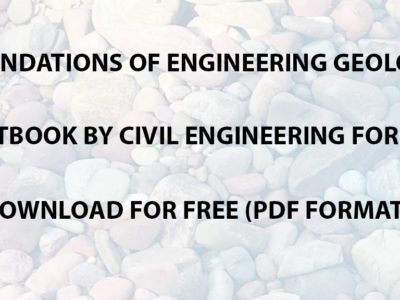
TOPICS COVERED
- Soil Aggregate, Plasticity and Classification
- Stresses and Strains – Elastic Equilibrium
- Stresses and Displacements in a Soil Mass
- Pore Water Pressure due to Undrained Loading
- Permeability and Seepage
- Consolidation
- Shear Strength of Soils
- Settlement of Shallow Foundations
Soils are aggregates of mineral particles, and together with air and/or water in the void spaces, they form three-phase systems. A large portion of the earth’s surface is covered by soils, and they are widely used as construction and foundation materials. Soil mechanics is the branch of engineering that deals with the engineering properties of soils and their behavior under stress.
DOWNLOAD SOIL MECHANICS IES MASTER GATE MATERIAL : CLICK HERE
Soil – separate size limits
A naturally occurring soil sample may have particles of various sizes. Over the years, various agencies have tried to develop the size limits of gravel, sand, silt, and clay. It is important to note that some agencies classify clay as particles smaller than 0.005 mm in size, and others classify it as particles smaller than 0.002 mm in size. However, it needs to be realized that particles defined as clay on the basis of their size are not necessarily clay minerals. Clay particles possess, the tendency to develop plasticity when mixed with water; these are clay minerals.
GEOTECHNICAL ENGINEERING ACE GATE MATERIAL : CLICK HERE
Kaolinite, illite, montmorillonite, vermiculite, and chlorite are examples of some clay minerals. Fine particles of quartz, feldspar, or mica may be present in a soil in the size range defined for clay, but these will not develop plasticity when mixed with water. It appears that is it more appropriate for soil particles with sizes < 2 or 5 micrometers as defined under various systems to be called clay-size particles rather than clay. True clay particles are mostly of colloidal size range (< 1micrometer), and 2micrometers is probably the upper limit.
Factors affecting the coefficient of permeability
The coefficient of permeability depends on several factors, most of which are listed below.
- Shape and size of the soil particles.
- Void ratio. Permeability increases with increase in void ratio.
- Degree of saturation. Permeability increases with increase in degree of saturation.
- Composition of soil particles. For sands and silts this is not important however, for soils with clay minerals this is one of the most important factors. Permeability depends on the thickness of water held to the soil particles, which is a function of the cation exchange capacity, valence of the cations, and so forth. Other factors remaining the same, the coefficient of permeability decreases with increasing thickness of the diffuse double layer.
- Soil structure. Fine-grained soils with a flocculated structure have a higher coefficient of permeability than those with a dispersed structure.
- Viscosity of the permeant.
- Density and concentration of the permeant.
ADVANCED SOIL MECHANICS TEXTBOOK BY CIVILENGGFORALL
DOWNLOAD LINK : CLICK HERE
PASSWORD : CivilEnggForAll
OTHER USEFUL BOOKS
- RAJASTHAN STAFF SELECTION BOARD (RSSB) JUNIOR ENGINEER DIPLOMA CIVIL ENGINEERING EXAM 2022 – HINDI & ENGLISH MEDIUM SOLVED PAPER – FREE DOWNLOAD PDF (CivilEnggForAll.com)
- ISRO TECHNICAL ASSISTANT EXAM 2022 – CIVIL ENGINEERING – HINDI & ENGLISH MEDIUM – SOLVED PAPER – FREE DOWNLOAD PDF (CivilEnggForAll.com)
- MADHYA PRADESH PUBLIC SERVICE (MPPSC) COMMISSION – ASSISTANT ENGINEER EXAM – MPPSC AE 2021 CIVIL ENGINEERING – SOLVED PAPER WITH EXPLANATIONS – PDF FREE DOWNLOAD
- BIHAR PUBLIC SERVICE COMMISSION (BPSC) ASSISTANT ENGINEER EXAM – 2022 – CIVIL ENGINEERING – SOLVED PAPER – FREE DOWNLOAD PDF (CivilEnggForAll.com)
- ODISHA PUBLIC SERVICE COMMISSION – OPSC AEE PANCHAYATI RAJ EXAM 2021 – SOLVED PAPER WITH EXPLANATION – FREE DOWNLOAD PDF





















